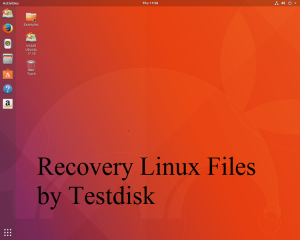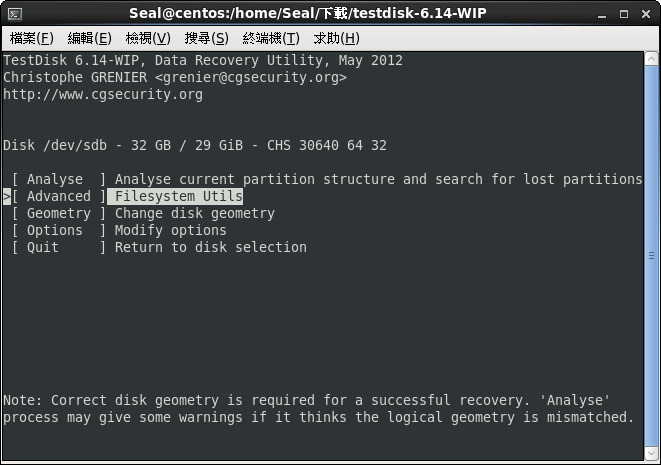
This will usually be /dev/sda, /dev/sdb, or something similar – not one of the loop devices:

Next, select the device containing the file system you wish to recover from. Pay attention to the instructions at the bottom of each screen in testdisk – they tell you the keys to select and navigate the application. Select Create, and the log file will be created in your home directory with the name testdisk.log: On running testdisk for the first time, you’ll need to create a log file, where all actions taken by testdisk will be recorded: …and view the user manual by running: man testdisk Run and Configure testdisk Once installed, you can launch it by running: testdisk It’s in the Ubuntu software repositories, so you can install it by simply running: sudo apt install testdisk Testdisk is a suite of file recovery tools for Linux. Recovering Files using testdisk in Ubuntu and Linux Installation Backing up prevents the loss of important files. It’s the last resort because you forgot to backup or your backup wasn’t recent enough to include the deleted file, so. It may not work, but you might get lucky.

This means that trying to recover a deleted file is the last resort. Encryption, solid-state disks, and network volumes may not allow for the retrieval of deleted data, or the data may have been overwritten since it was deleted. Or at least, sometimes it stays readable on disk.

When a file is deleted, the reference to it is removed from the file system, but the raw data may still be readable on the disk using special tools. The easiest way to recover a file is not to have to try to recover it at all – you can just go and retrieve it from your backup. Backup Your Filesįirst up, keep backups of your files, and keep your backups up to date. Here is how to attempt recovery on Ubuntu/Linux. We’ve all been there (I’ve been there) – a file was deleted that shouldn’t have been.


 0 kommentar(er)
0 kommentar(er)
